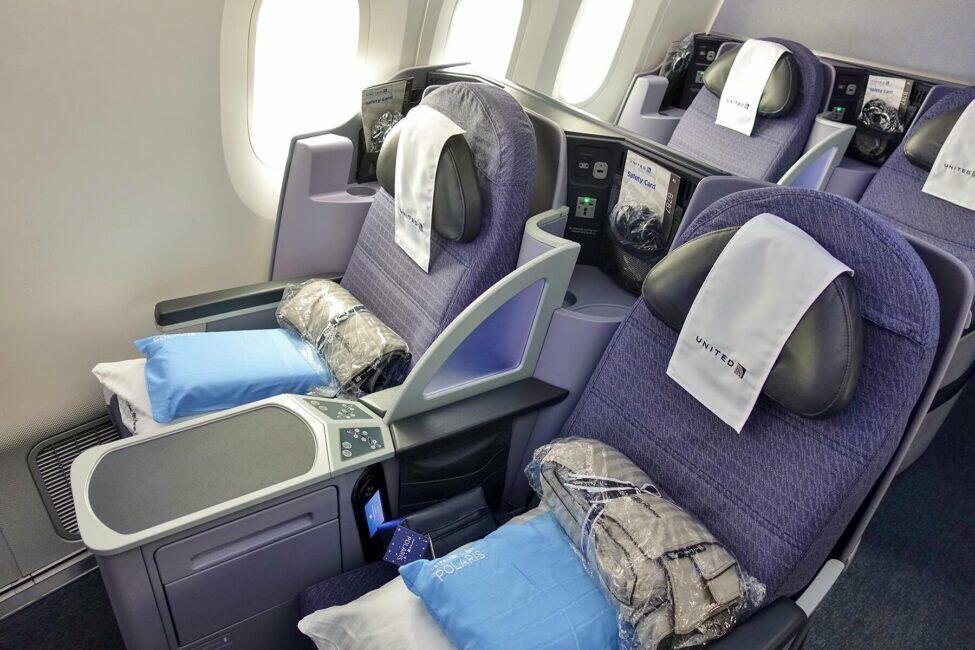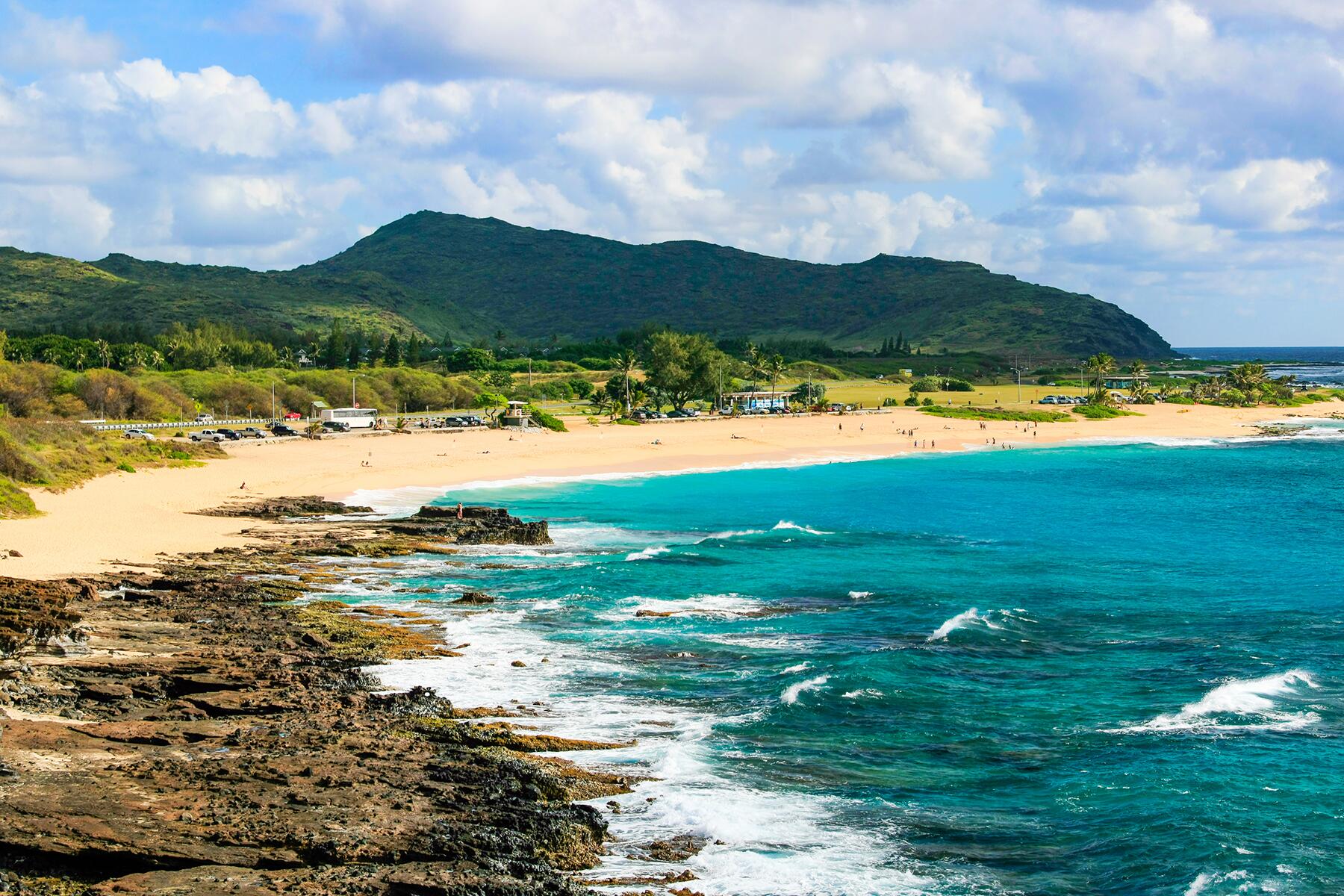A complex equation that factors in frequency, demand, seasonality, flight connections, and alliances.
Several years ago, while booking a flight from the San Francisco Bay Area to Philadelphia, I noticed that Southwest Airlines was offering a new direct route between the two regions. This was a big deal for my family. My parents, who lived back east, were such big fans of Southwest’s non-assigned seating and flexible travel low fares that my father would often drive nearly two hours from his South Jersey home to Baltimore to pick me up during visits.
With this new direct PHL flight, I could leave my San Francisco apartment in the morning and be at my parent’s home in time for dinner. But just as soon as it launched, the non-stop route seemingly disappeared. I went back to scouting for the cheapest, most direct routes to see my parents, though, in the back of my mind, I couldn’t help but wonder what had happened?
It’s no secret that airlines are competitive, and that part of selecting a new route depends on where an airline thinks it can get the market share. However, on a recent trip from Washington, D.C., to Accra, Ghana, I finally learned that there’s much more that goes into choosing when to fly–and even what type of aircraft–than I could have ever imagined. These routes are often par for the course for airlines, but for the destinations that they’re flying to, they can make a huge economic impact and lead to a myriad of positive tourism incentives primed to attract an even larger number of travelers.
Recommended Fodor’s Video
To get the scoop on how airlines choose new routes and their aircraft, I spoke with United Airlines’ Vice President of International Network and Alliances, Patrick Quayle. Be prepared: the number of variables involved in the process might make your head spin.
What Goes Into Selecting a New Airline Route
As United’s Vice President of International Network and Alliances, Patrick Quayle’s days are never dull. Quayle and his team are in charge of the airline’s international strategy. This means that on top of deciding whether to use a Boeing 787 or a Boeing 777 on a flight between New York City and Barcelona, Quayle is also determining whether a Ghana route from Newark International Airport (where there’s already a direct route to the country’s capital city) makes more sense than launching one from D.C. (where there’s not). On top of that, Quayle is tasked with pouring over industry data to determine how many times a week and/or day to fly, including information like the previous day’s bookings, where these bookings are coming from, and where the demand is going.
“We’re constantly fine-tuning the schedule, accordingly,” says Quayle. That’s why you might notice the launch of a non-stop flight from, say, San Francisco to Mumbai, and then a few months later, it disappears.

The closing of borders, both for geo-political and pandemic reasons, also impacts flights and schedules. For instance, much of the airspace over the Middle East is currently closed due to conflicts, meaning flight routes need reconfiguring. “This is changing on a daily basis,” adds Quayle. “We’re always trying to add or subtract capacity, based on what we’re seeing.”
Connections are another deciding factor. While most passengers on my United flight from D.C. to Accra came directly from the greater D.C. area, Quayle explains that passenger numbers alone aren’t enough to sustain a flight route. In fact, there are 80 other cities from the U.S., Canada, and Mexico that fly into D.C, including Columbus, San Francisco, and St. Louis—all with passengers coming through for a quick connection before continuing their travels. Some of them are en route to Ghana. So, Quayle’s team builds a schedule that makes the most common connections possible. For example, my flight coming in from San Francisco was scheduled for a 4:33 PM arrival, giving me nearly two hours to make the 6:15 PM Accra connection. Once United builds that schedule, the individual airport’s operations team is in charge of selecting the gates for each flight.
Along with managing relationships with airline partners (such as Star Alliance members Lufthansa and Air New Zealand), the airline’s team of global strategists also oversees its international fleet plan. “This includes figuring out what type of plane we should use for a specific route,” Quayle says. “[Including] the number of seats on each plane and even the plane’s configuration—meaning how many lie-flat business class seats there should be versus premium economy and economy seats.”
Take the business class portion of a 787 Dreamliner that United uses for its non-stop route from Washington, D.C., to Accra. The aircraft has a smaller business class configuration than it uses for its D.C. to London route because the former flight caters to passengers visiting friends and relatives, while the latter sees more business travelers. In fact, along with the NYC region, the Washington, D.C., area is home to one of the largest Ghanaian-American communities in the United States. It’s one of the reasons that United’s non-stop service between the D.C. region and Accra, a capital-to-capital route that launched in May 2021, has been such a success for those on both sides of the Atlantic.
How Launching a New Airline Impacts a Destination
For the longest time, U.S. travelers have had limited flight options for visiting West Africa. Most flights connected through European cities like London and Paris (and more recently, Dubai), resulting in flying times upwards of 24 hours and often with multiple layovers. Non-stop flights, especially to Accra—which serves as a hub for neighboring countries like Togo and Benin—are much less frequent.

Delta was one of the few carriers that offered direct service from the U.S. (leaving from JFK International Airport) to Accra, though it reduced its flights during COVID. South African Airways, which had a daily flight from Washington, D.C., to Johannesburg with a layover in Accra, suspended its flights altogether because of the pandemic, making United’s new route an especially big deal.
“Direct access from the U.S. is something that we look very kindly to,” says Akwasi Agyeman, Chief Executive of Ghana Tourism Authority. “Because the United States is a key market for Ghana tourism.” In 2019, 28% of the country’s tourists came from the United States, which was the largest number of arrivals outside of Africa. It was an exceptional year for Ghana with its “Year of Return, Ghana 2019,” celebrating 400 years of African Resilience by marking the date that the first Africans who were enslaved arrived in Jamestown, Virginia, and inviting people of African descent to return home.

Now, the country is in the midst of its 10-year initiative, “Beyond the Return,” promoting Diaspora tourism, educational exchanges, and investment opportunities. A new non-stop airline route from the U.S. makes accessibility to these offerings that much easier.
“[This new United route] has already been beneficial for us in a number of ways,” says Agyeman. First: convenience. Second: an increased number of travelers from the U.S. that he says is up to nearly 60% of the Year of Return, despite the pandemic. “There’s also the fact that [flights from the U.S.] are even more critical now with COVID restrictions in airports,” adds Agyman. Direct routes can mean the difference between passengers reaching a destination promptly or encountering a “connecting country” that’s closed to transit.
For their D.C. to Accra route, United took a 787 Dreamliner—a newer fuel-efficient and long-haul airplane that first entered commercial service in September 2011—and added their new Polaris premium cabin. Polaris features impressive perks such as lie-flat beds with Saks Fifth Avenue bedding. The plane’s layout also includes premium economy seating, giving an option to travelers who want to up their comfort level.

For the airline, using newer planes equipped with United’s most updated amenities was a no-brainer. More and more U.S. businesses are basing their Africa headquarters in West Africa, including Twitter (Accra) and Facebook (Lagos, Nigeria), assuring that the plane’s premium seats will almost always be booked. In fact, the 10-hour and 25-minute round-trip flights from D.C. to Accra are increasing from three times a week to daily, beginning in December 2021.
With Delta and United airlines now offering direct flights from the U.S. to Ghana, the country is also implementing other hassle-free travel initiatives, like digital visas and visas on arrival. While several factors go into executing such plans—including input from the Department of the Interior and Foreign Affairs—the flights provide Ghana’s Ministry of Tourism with hard numbers on how ease-of-travel can be a big economic advantage. Ultimately, the best thing about such new routes is their ability to unite friends and family.
“I went on the inaugural flight from D.C. to Accra, and there’s nothing cooler, you know, than meeting folks from Ghana who live in the U.S. and are genuinely excited and happy because now they can get home quickly and directly,” muses Quayle. “They no longer have to fly into Europe and then sit and wait before boarding another plane down to Africa. It’s a game-changer.”




